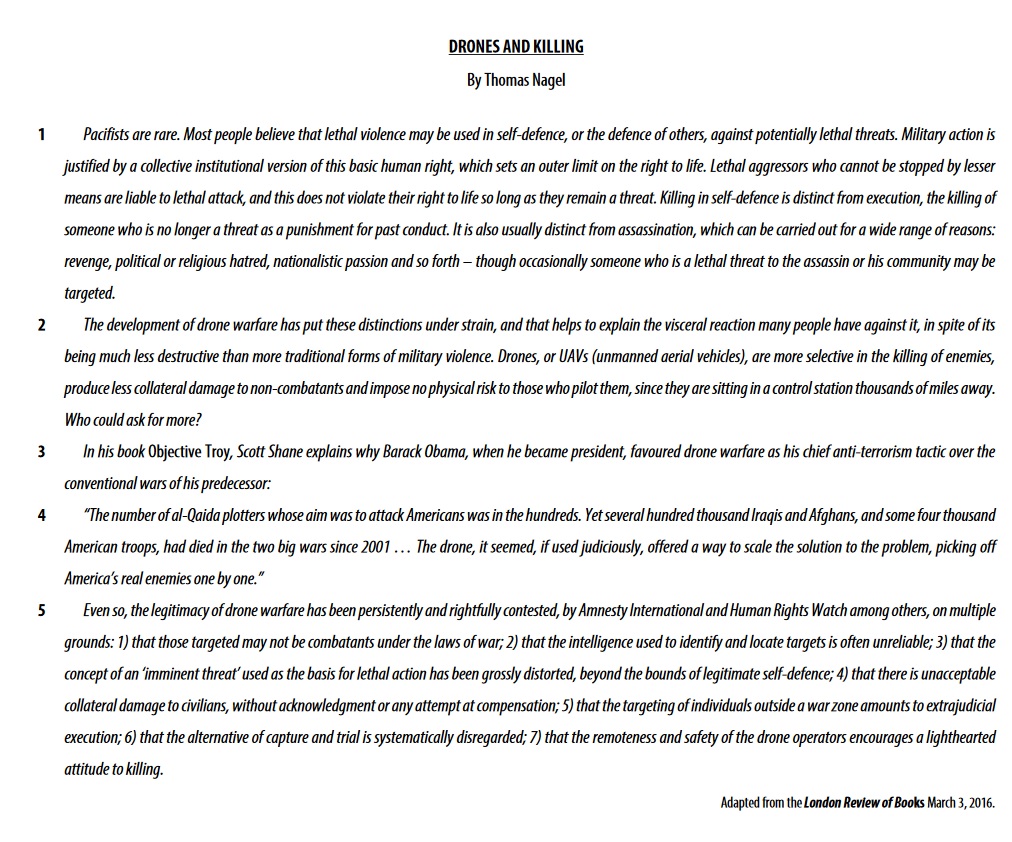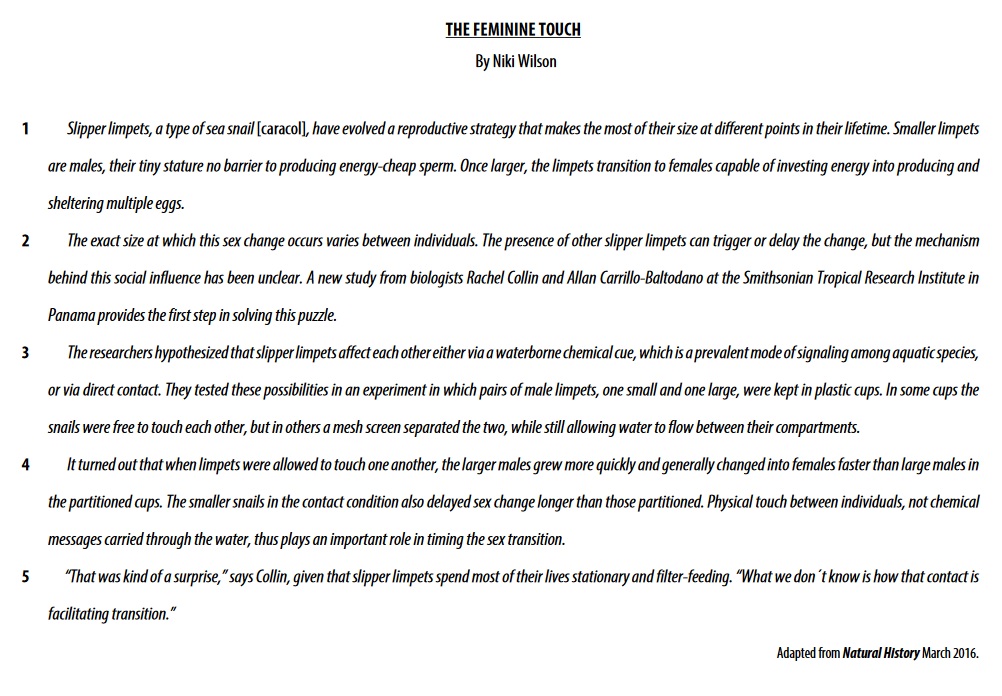2a2d635f-1c
FGV 2016 - Inglês - Interpretação de texto | Reading comprehension
Which of the following probably best explains the main purpose of the passage
(presented in paragraph 4) from the book Objective Troy?
Which of the following probably best explains the main purpose of the passage
(presented in paragraph 4) from the book Objective Troy?

A
It attempts to give an idea of the magnitude of the destruction caused by both
al-Qaida terrorists and American armed forces.
B
It attempts to show graphically that American troops have been much more
destructive than al-Qaida terrorists.
C
It attempts to show that Barack Obama began utilizing drone warfare only
after it became clear that U.S. armed forces were losing the war against
terrorism.
D
It attempts to show clearly why Barack Obama decided that it made more
sense to favor drone warfare over conventional warfare in the fight against
terrorism.
E
It attempts to show that the terrible destruction caused by the U.S. war against
terrorism has accomplished very little and that, even with the widespread use
of drone warfare, the U.S. is far from victory.


